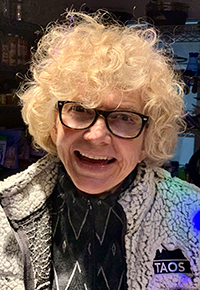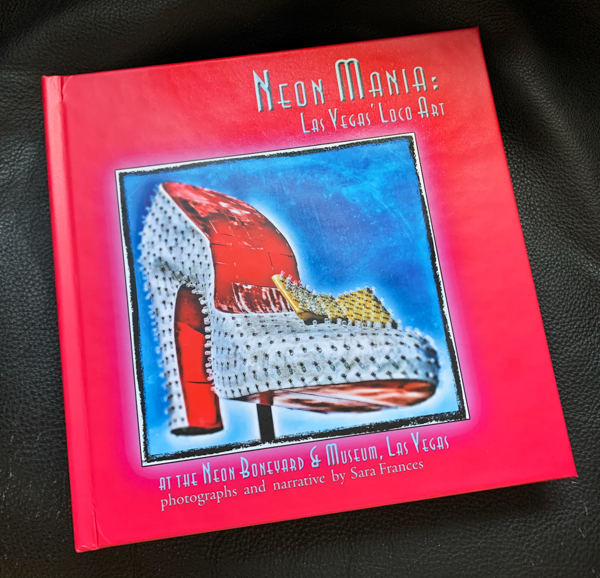Number three of the five part series on getting your photo book into print from my photographer friend Sara Frances. Start with Part One.
Limited Editions
Sometimes it’s just plain too scary to dive in with a 1,000 unit press run. Here are four kinds of limited edition printing, also called short run, appropriate for different needs. There will be fewer technical requirements, and turn around is generally very quick.
Totally handmade art books, perhaps an “edition” of just one to 10 that are highly original possibly with unconventional materials, just a few pages, often hand-sewn and assembled. This is mostly the province of fine art galleries or very personal projects. OK, this one depends totally on the photographer’s skills and inventiveness.
An immediate family history, portrait, event, or wedding book with as many as 50-100 pages, generally printed by a photo lab like Miller’s, a specialty house like Finao or Azura, or Shutterfly online (the most accurate of the consumer-oriented, but very professional printers—in my experienced opinion.)
Or Traditional Offset Printing
Photographers who don’t finance a typical run of 1,000 or more units, and instead choose “on demand” printing, (or minimum quantity initial purchase,) to sell in their galleries, studios, and to their mailing list of followers.
Pre-press proofing and review copies via a short run make it easy and cheap to take a last editorial dry run to revise minor faults in the complex printing concerns of precision color and content. This alone can save the heartache of simple errors discovered after the main print run is already in the warehouse and can’t be sold with confidence. I use this fail safe, intermediate step for all my books.
Big tip: Recommended examples of print houses that fulfill the last two needs are my favorite HFGroup.com (bookpartners.com) or BookMobile.com.
Money and relationship – full edition printing
When you’re ready to plunge into a full edition with a traditional offset printer, it’s about money and relationship. These two huge factors make it essential to choose a printer before you begin to design your book, seemingly putting the cart before the horse! It’s those niggling details that differ widely—the most costly error you could make is to design a 10×12” book only to find that 9.75×12” fits well with the printers equipment and would have cost $5,000 less. For me, the most important variant is the flavor of CMYK color space—the conversion to which may or may not mesh well with your original RGB files.
Time
The traditional route will take a good deal longer, but provide all sorts of quality controls along the way. Of course you’ll be footing the bill yourself for a large number of units, unless you can write a grant or raise Kickstarter-type funds. It’s true that the most economical book printers are off shore. Hong Kong, Peoples Republic, Turkey, Singapore, Korea, Canada. Fortunately there are many print brokers state side. Big advantage to deal locally, contract locally, and pay locally. You’ll easily save 60% or more and be confident that these companies are highly experienced in book printing. Of course you can also email with on-site tech to express your needs more fully—it’s been effective and prompt to ask questions of the actual factory. Totally exciting to partner and watch (even from a distance) the process unfold. For suggestions for getting bids, please email me at SaraFrancesPhotographer@gmail.com.
Sara Frances
 Sara is a many-decades Master Photographic Craftsman out of Denver whose artistic focus has always been book making with images. Her albums won PPA merits starting well before digital capture, as well as for what is believed to be the first ever awarded portrait album. She has evolved from daily, shorter-term studio photography into exclusively special projects of long commitment. Her second hybrid photo/memoir art book, Fragments of Spirit, now published under her own mark, Photo Mirage Books, is available mid-December 2020.
Sara is a many-decades Master Photographic Craftsman out of Denver whose artistic focus has always been book making with images. Her albums won PPA merits starting well before digital capture, as well as for what is believed to be the first ever awarded portrait album. She has evolved from daily, shorter-term studio photography into exclusively special projects of long commitment. Her second hybrid photo/memoir art book, Fragments of Spirit, now published under her own mark, Photo Mirage Books, is available mid-December 2020.
Renewing her lifelong interest in creative writing, she was recently was accepted for Lighthouse Writers Workshop’s Poetry Collective, graduating a year later with a forthcoming hybrid work marrying over 275 manipulated iPhone images with 120 poems: What to Wear to Paradise.
Her three-year quest to learn all facets of the art book industry has influenced her to give back with hands-on publishing classes. She is a judge for the Independent Book Publishers Association (IBPA) and for Colorado Independent Publishers Association (CIPA.) She teaches for Osher Lifelong Learning Institute (OLLI) at the University of Denver, for PPA Super One Day seminars, and also mentors hybrid image/text projects.
To find Sara on social media search SaraFrancesPhotographer or email – imagination@photomirage.com







